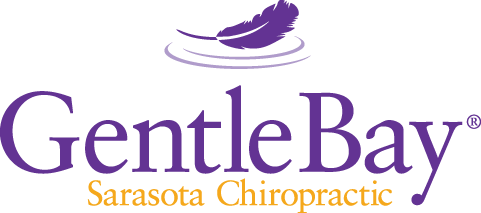Many people in pain are frustrated with the lack of real results from medications and other conventional treatments. Most pain sufferers understand that a treatment that actually gets to the cause of their pain would be most effective, and while some kinds of treatment claim just that, if results are lacking it can suggest otherwise. Residual Strain Therapy (RST) is a gentle but powerful method of pain relief, offering hope to many with new or chronic pain and injury, and with a strong track record of success where other treatments have failed. Much of the best new research on pain focuses on a tissue called fascia as a main factor in a lot of pain, and RST is one of the premier treatments for pain-causing problems in fascia.
Fascia, a tissue covering your bones, muscles and nerves, is tough but supple. It can tighten, or relax, as part of its job holding your body together. Fascia is rich with nerve endings, and very sensitive to posture and motion. When it doesn’t work properly, fascia can cause stresses that lead to pain and joint problems of many different kinds. Problems in fascia can explain a lot about why so many kinds of pain don’t respond to conventional treatments, and one very common irritant in fascia, that causes pain in many people, is called residual strain.
Residual strain is a specific problem where the fascia stiffens after impact shock, but then won’t fully relax. Like a dent in a can, the trapped tension becomes “stuck” and won’t go away on it’s own. Residual strain can then start to cause many kinds of joint and muscle pain, as well as nerve irritation. Fascia also covers blood vessels and organs, and residual strain in these tissues may cause problems like abdominal pain, irritable bowel, or poor circulation. Due to fascia running all through the body, residual strain in the fascia may cause pain just about anywhere, from head to toe.
Residual strain can happen from serious accidents or minor, but jarring, impact shocks, or from repetitive stress from a particular activity or sport. It can take weeks, months, or years for residual strain to cause symptoms. The stiffness may quickly or slowly break down normal alignment, movement and posture in the body. Symptoms may come on gradually, or residual strain may set up a sudden injury from seemingly normal movement. More severe trauma can leave such intense residual strain that the pain is immediate, but then doesn’t go away even well after injuries have healed. This type of chronic pain can stump even very skilled physicians. The good news is that residual strain is treatable, and thousands of people have found relief from pain through therapeutic release of residual strain.
RST is a treatment method designed specifically to release residual strain. Residual strain is not physical damage, it is more of a glitch in the nervous system, like a faulty injury “memory”. RST treatment is like hitting the reset button for the nerves controlling the tightness of the strain area. Or, using the dent analogy, RST is like gently “popping” a dent by pushing in just the right direction. RST uses gentle hand pressure to precisely trigger residual strain to release from the fascia, bringing it back down to normal tension. This release can cause immediate changes in joint alignment and motion, muscle tension, and circulation and tenderness. With a series of treatments the improvements can add up to enormous relief for pain sufferers, even when other skilled treatment has failed.
While many people first find RST treatment in their search to treat chronic pain or a more severe injury, they often continue to use RST to quickly resolve minor aches and pains or athletic injuries, based on the success of their initial results. This has the added benefit of prevention that comes when residual strain is not allowed time to build into a greater problem. Whatever problem may first bring you to discover RST treatment, you will likely find it an essential tool for relieving pain, improving your health, and keeping it that way.
Manual therapy professionals interested in studying RST treatment methods click here.
(including chiropractors, massage therapists, osteopathic and medical physicians, physical therapists)



